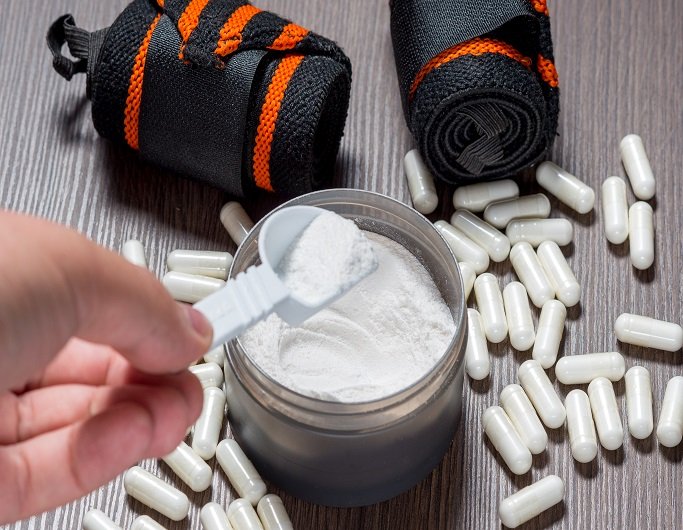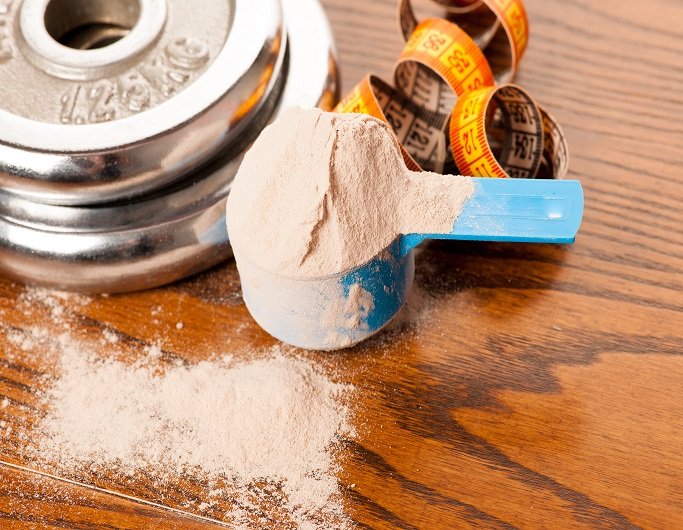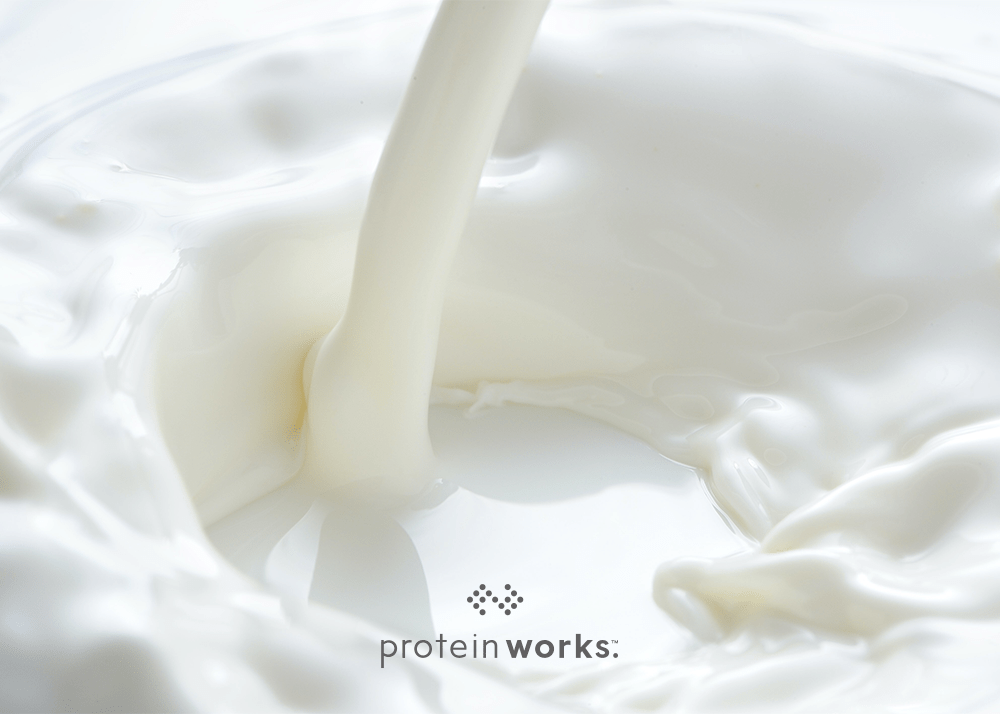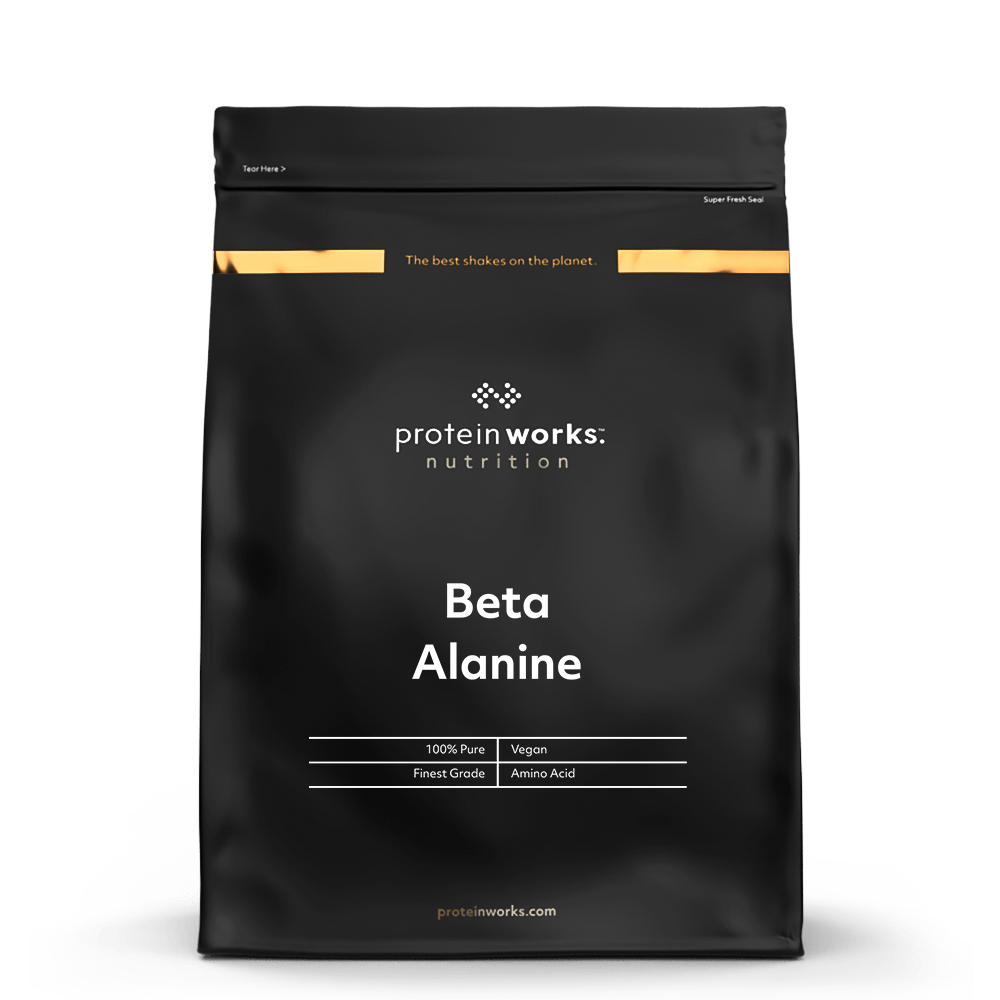For years, so-called experts in the fitness industry would have us believe that fats were basically the devil incarnate, and that we should avoid all forms of fats, especially if we wanted to keep our body fat percentages under control. For fitness enthusiasts, the mere mention of the word ‘fat’ would fill them full of feelings of dread and anguish, and would transform them into gibbering messes.

How is fat metabolised in the body?
When fat is consumed, a gland in the mouth secretes an enzyme to split fat molecules, called lingual lipase. In the stomach, gastric lipase continues to break down the fat, emulsifying it and breaking it down. Once the fat enters the small intestine, bile acid secreted from the gall bladder and liver, continues the emulsifying process.
Next, the pancreas gets in on the action as it secretes an enzyme known as pancreatic lipase, which then splits the fat molecules into much smaller diglycerides, monoglycerides, and free fatty acids. The fat is then absorbed by cells in the intestinal wall, as well as binding to proteins, and making their way to the liver to be converted into energy. Here, larger fatty acids form triglycerides, which enter the bloodstream and are carried around the body, are being supplied to various cells and tissues that require the energy. Any excess fat that is left over and not used as energy however, will be stored in fat cells as body fat.
 Different fats play different roles
Different fats play different roles
As we mentioned, in the past, there was a blanket myth surrounding fats which basically stated that all fats were bad for us, and that not only did they cause us to become fatter and gain weight, but that they also increased harmful cholesterol levels and put us at risk of conditions like heart attacks, cardiovascular disease, and hypertension. However, this is not the case as there are actually many forms of fats that are considered very good for us. Of course, there are also bad fats, so let’s look at the different examples.
Bad fats?
Bad fats consist primarily of trans fats, which are fat molecules that have been altered via a process known as hydrogenation. This process makes the fat thicker and more solid, which is what then leads to increases in LDL cholesterol, which is the bad cholesterol that coats the artery walls and causes heart disease and heart attacks, as well as various other life threatening health conditions. Trans fats are found primarily in processed baked goods like cakes, biscuits, fatty cuts of meat, and fried potato products.
Good fats

The benefits of good fats
So, we know some of the main sources of good fats, but we don’t actually know why they’re good for us. Some of the main benefits of healthy fats include:
· Increased HDL (good) cholesterol, which lowers bad LDL cholesterol
· Reduced LDL cholesterol
· Increased metabolism
· Fat loss
· Increased energy
· Improved organ health and function
· Healthy bones and joints
· Improved fertility and libido
· Healthy skin and hair
· Reduced risk of certain cancers
· And more…
Foods rich in healthy fats
Over the last five years or so, the number of healthy fat, foods and supplements, have increased drastically, with some of the most popular examples of best-selling foods and products including:
Omega 3 supplements – Omega 3 supplements are incredibly healthy and beneficial as they promote healthy brain function, they boost the metabolism, they lubricate the bones and joints, they can help fight off dementia and degenerative diseases, they promote healthy organ function, and much more besides.
Chia seeds – Organic chia seeds are not only rich in healthy fats, they are also a great source of plant-based protein as well, making them ideal for vegans and vegetarians. They’re rich in omega 3, 6, and 9 fatty acids, they’re full of minerals and fibre, and are a natural source of tryptophan.
Coconut oil – Coconut oil contains Medium Chain Triglycerides and is rich in healthy saturated fats that are easily absorbed and digested, and provide countless health benefits for the human body. Coconut oil has been proven to increase the metabolism, it is a great source of Lauric acid, it provides instant energy, it speeds up fat oxidation and metabolism, it is very versatile, and on top of all of that, it tastes absolutely amazing as well. You can even use it to moisturize and condition your skin and hair!
Omega oil blends – Blends of omega oils contain oils derived from incredibly healthy food sources including: flax seeds, hempseeds, evening primrose, and sunflowers, providing the ultimate blend of Alpha linoleic acid, linodeic acid, gamma linoleic acid, and oleic acid, which are omega 3, 6, and 9 fatty acids respectively. Again, we know the many benefits associated with fatty acids, so not a great deal more needs to be said, other than the oils are great for adding to shakes, or for using as salad dressings.
Peanut butter – Finally, last on our list, we have Peanut butter which is another great example of a healthy fat. It’s hard to believe that something so delicious can be so good for you, but experts have proven time and time again, that natural peanut butter free from salt, sugar, and other additives, is extremely healthy and beneficial for the human body. Peanut butter not only contains healthy fats, it is also rich in protein and virtually carb free, making it ideal for high protein, high fat, low carb diets. Available in crunchy or smooth, peanut butter is the ultimate treat that is actually good for you.
Even though healthy fats have been proven to help contribute towards fat loss, that does not give you free reign to stuff your face full of peanut butter and other healthy fat sources as you have to remember that fats are still rich in calories. 1 gram of fat contains 9 calories, as opposed to 4 calories found in proteins and carbohydrates. Now, obviously, if you consume more than your daily caloric requirements, you are going to gain body fat, no matter where your calories come from. As fat contains more than twice as many calories per gram than protein and carbohydrates, you must ensure that you limit the amount of fats that you consume each day, and ensure you eat at, or just below, maintenance, in order to control your weight.








No Comments yet!